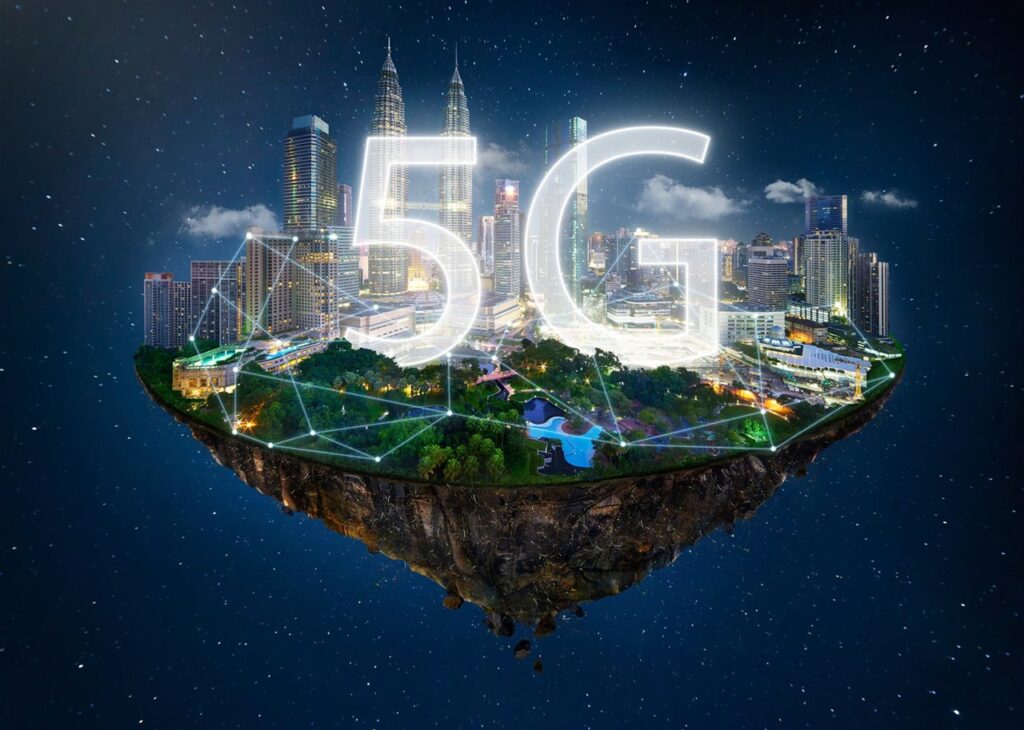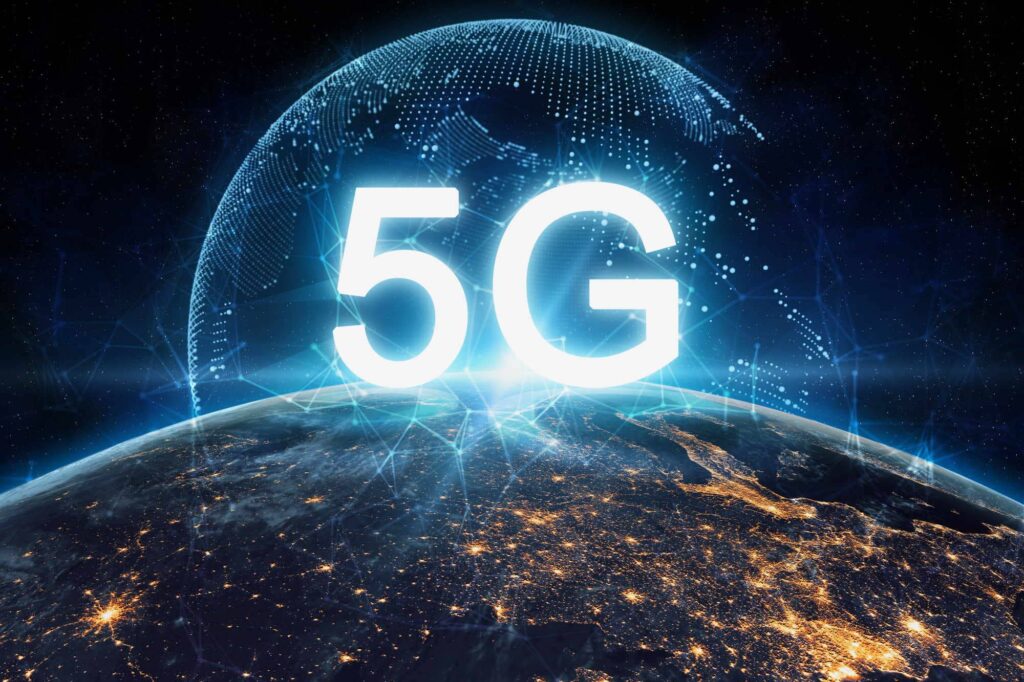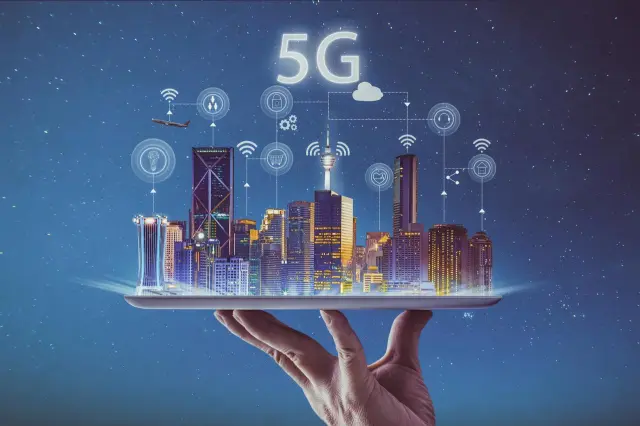The world of digital finance is buzzing again — and this time, it’s not just about fancy apps or sleek crypto wallets. Something bigger is unfolding. As 5G spreads across the globe and the Internet of Things (IoT) connects everything from cars to coffee machines, the way we use, send, and even think about money is about to change — fast.
We’re entering an era where your phone isn’t the only “bank” in your pocket. Your watch, your car, maybe even your fridge — all could soon play a role in how you pay, save, and invest. Welcome to the next wave of mobile finance.

5G: The quiet powerhouse behind the scenes
Think of 5G as the invisible engine driving this revolution. With lightning-fast speeds, almost no delay, and the ability to handle millions of connected devices at once, 5G unlocks possibilities we could only dream of a few years ago.
In finance, that means instant transactions. No more awkward waiting for payments to “process.” It means smoother, more secure authentication and more immersive mobile-banking experiences. As one analyst from BT Group put it, 5G “brings banking to life” — making real-time payments the new normal instead of a futuristic fantasy.
And it’s not just about speed. The reliability of 5G allows financial systems to run closer to where users are — at the “edge” — meaning fewer delays, fewer failures, and far better experiences for people and businesses alike.
IoT meets money: When devices become wallets
Now, add the Internet of Things to that mix. Billions of sensors and smart gadgets quietly collecting data, learning habits, and — soon — handling money.
Picture this: your smartwatch paying for a subway ride as you walk through the gate. Your car automatically renewing its insurance when mileage hits a certain point. Even your washing machine ordering detergent — and paying for it — before you run out. Sounds wild? It’s not far off.
IoT is already reshaping how payments happen behind the scenes. Devices can talk to banks, manage expenses, monitor usage patterns, and make micro-transactions in real time. It’s fast, invisible, and, if done right, incredibly convenient.
The result? Finance woven into everyday life. No tapping, no typing — just living.
Real-world examples: Beyond the app store
The first wave of digital banking lived in our phones. The next one breaks free. Here are a few glimpses of what’s coming:
-
- Mobile branches that move: In rural areas, 5G-powered banking vans can offer full financial services wherever needed — with near-instant verification and secure connections.
-
- Smart vending and self-checkout: Fridge out of drinks? Just grab one. It charges you automatically. No lines, no apps, no fuss.
-
- Edge-driven analytics: Financial firms can use IoT data — safely and instantly — to spot fraud, assess credit, or offer personalized micro-loans on the fly.
Each of these ideas might sound futuristic, but pilot projects are already running in Asia, Europe, and parts of the U.S. The question isn’t if this happens — it’s how fast.

Why it matters for you — and the industry
For everyday users, the benefits are obvious: faster payments, smarter alerts, personalized recommendations, and fewer hoops to jump through.
For banks and fintechs, the opportunity is massive. 5G and IoT open doors to entirely new business models. Imagine banks embedding financial tools directly into connected devices — turning everyday objects into new revenue streams. Edge computing, network slicing, and ultra-secure private 5G networks will help them do it.
It’s not just innovation. It’s survival. The institutions that adapt will thrive; those that cling to old systems may fade quietly into irrelevance.
But let’s be honest — it’s not all smooth sailing
With every leap forward comes a set of growing pains. And this one’s no exception.
-
- Security and privacy: More devices mean more vulnerabilities. A fridge that can pay is convenient — until it gets hacked. Protecting financial data in a hyper-connected world is a battle that never ends.
-
- Infrastructure gaps: Many regions still rely on 4G or even 3G networks. Until 5G becomes universal, some of these innovations will remain out of reach.
-
- Regulation and responsibility: Who’s accountable if your smart car pays the wrong bill? Financial laws weren’t designed for autonomous devices making transactions. That has to change.
-
- Complex integration: Bringing telecoms, fintechs, and IoT manufacturers together under one ecosystem takes time — and trust.
The good news? The challenges are being met head-on. New standards, tighter cybersecurity protocols, and blockchain-based identity systems are all part of the puzzle.
What’s next: Where the innovation is heading
The roadmap is exciting — and it’s getting clearer every month.
-
- Finance embedded in everything: From household appliances to industrial machines, any connected object could become a financial endpoint.
-
- Hyper-personalized banking: Using real-time data from IoT devices, banks can tailor offers instantly — think dynamic credit or savings plans that adapt to your behavior.
-
- Private 5G networks: Financial firms may soon build their own secure 5G systems to power ATMs, trading floors, and digital branches.
-
- Fusion with AI and blockchain: Together, these technologies can automate payments, reduce fraud, and make the financial web more transparent — and more human-friendly.
It’s an ecosystem forming in real time — and those watching closely can already see the outlines of the next financial revolution.

The bigger picture
Let’s step back for a moment. This isn’t just about faster payments or cooler gadgets. It’s about bringing finance closer to life itself — where money moves as effortlessly as a message, and devices handle complexity so people don’t have to.
The fusion of 5G and IoT won’t replace banks or apps. It will extend them — turning the physical world into part of the financial one. Every connected device becomes a potential bridge between humans and the digital economy.
Sure, there will be stumbles along the way. There always are. But if history has taught us anything, it’s that once technology makes something easier, safer, and faster — it’s nearly impossible to go back.
The future of finance won’t live only in your phone. It will live everywhere — in the things around you, connected by invisible networks, moving at the speed of thought.
And it’s already on its way.
Interested in AI reshaping banking services? See